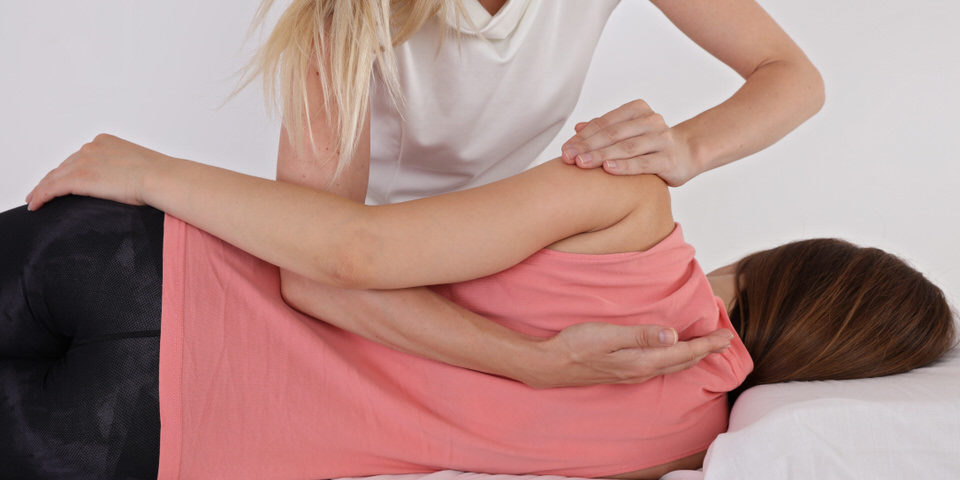Your posture provides the foundation for every movement your body makes and can determine how well the body adapts to various stresses placed on it. In many cases, posture is also an essential factor in addressing complaints ranging from hip pain to headaches. For example, it is a fact that many people with ongoing low back pain habitually adopt a slouched or flexed position when sitting, which exacerbates their pain. While many people are aware that altering their posture may have positive effects, unfortunately, it usually isn’t as simple as sitting up straight.
For most of us, good posture conjures images of erect spines, retracted shoulders with a plumb line running from ears to ankles like the Queen’s Guard, standing to attention outside Buckingham Palace. This preconception results in the most common strategy that people attempt to improve their posture, forcing themselves to sit straighter.
While it is certainly possible to adjust posture by sheer willpower, for most of us it simply isn’t feasible to maintain attention on our posture for more than a couple of minutes before the distractions of everyday life intervene and we end up falling back into old habits.
The next issue that is often encountered is that sitting straight doesn’t always feel natural, in some cases it actually makes people feel worse. Over working all of your postural muscles may actually make them more sensitive and painful than relaxing them and allowing yourself to slouch a bit could actually be more beneficial than straining to sit up straight. The truth is that ideal posture is unique to each person and depends on their particular structure and there really is no one size fits all solution.
If you believe that your posture is contributing to a problem, or you simply want to try to improve your posture here are some tips that may help get you sitting or standing a little more comfortably.
How to improve your posture
Lay the foundation for change with osteopathy
It can be really challenging to change your posture if you are already in pain, so it is a great idea to address the pain before trying to change your posture. Muscle pain is often very responsive to manual therapy so a visit to your
osteopath will help set up the best environment for postural change. For example, you may find that sitting upright feel much better in the low back but then may lead to a niggly pain in the hip. This is an example of an impairment in hip movement that doesn’t allow the spine to return to a neutral position. Osteopaths are great at finding these impairments and helping you unravel them.
Sort out your sleep
Fatigue can be a significant barrier to changing any habits including posture. Enacting some simple sleep hygiene may be enough, but persistent insomnia may require a visit to your naturopath or GP.
Use external cues
Old postural habits die hard, especially if you aren’t even aware of them. A few strategic post it notes, a reminder on your phone or asking friends and family to remind you to reset your posture can all be valuable ways of shifting stubborn postural habits.
Exercise
What sort of exercise? Really any will do. There are a number of reasons that increasing activity is a good idea beyond the potential benefits to your posture. There is plenty of evidence to show that sedentary lifestyles lead to deconditioning of muscle, including those oh so important postural muscles. Choosing something challenging and yet engaging will eventually lead to your
body adapt to the demands placed upon it regardless of whether it is weight lifting or water-skiing. So just get moving and focus on activities you enjoy. Easy!
Spend some time on the floor
Our ancestors evolved in an environment without couches, lazy boys and ergonomic office chairs. Their world was composed solely of hard jagged things. Spending even 5 minutes a day in one of the archetypal human postures of squatting, kneeling or sitting cross-legged is a great way of introducing some much-needed variety into our postures and can help reactivate some of those atrophied postural muscles.
Final thoughts
Good posture is about being able to adapt to the variety of demands placed on the body, thus allowing for efficient movement in a pain-free and easy way. If you can meet these requirements then you probably don’t need to worry too much about your posture, regardless of how it looks. Is there really such as thing as perfect posture?
The simple answer is no, not really. A healthy posture can be thought of in much the same way that we think of a healthy diet. Variety is important for both. If you would like help with your posture you can call Active Osteopathy on 09 238 8522 or book online for an assessment.


